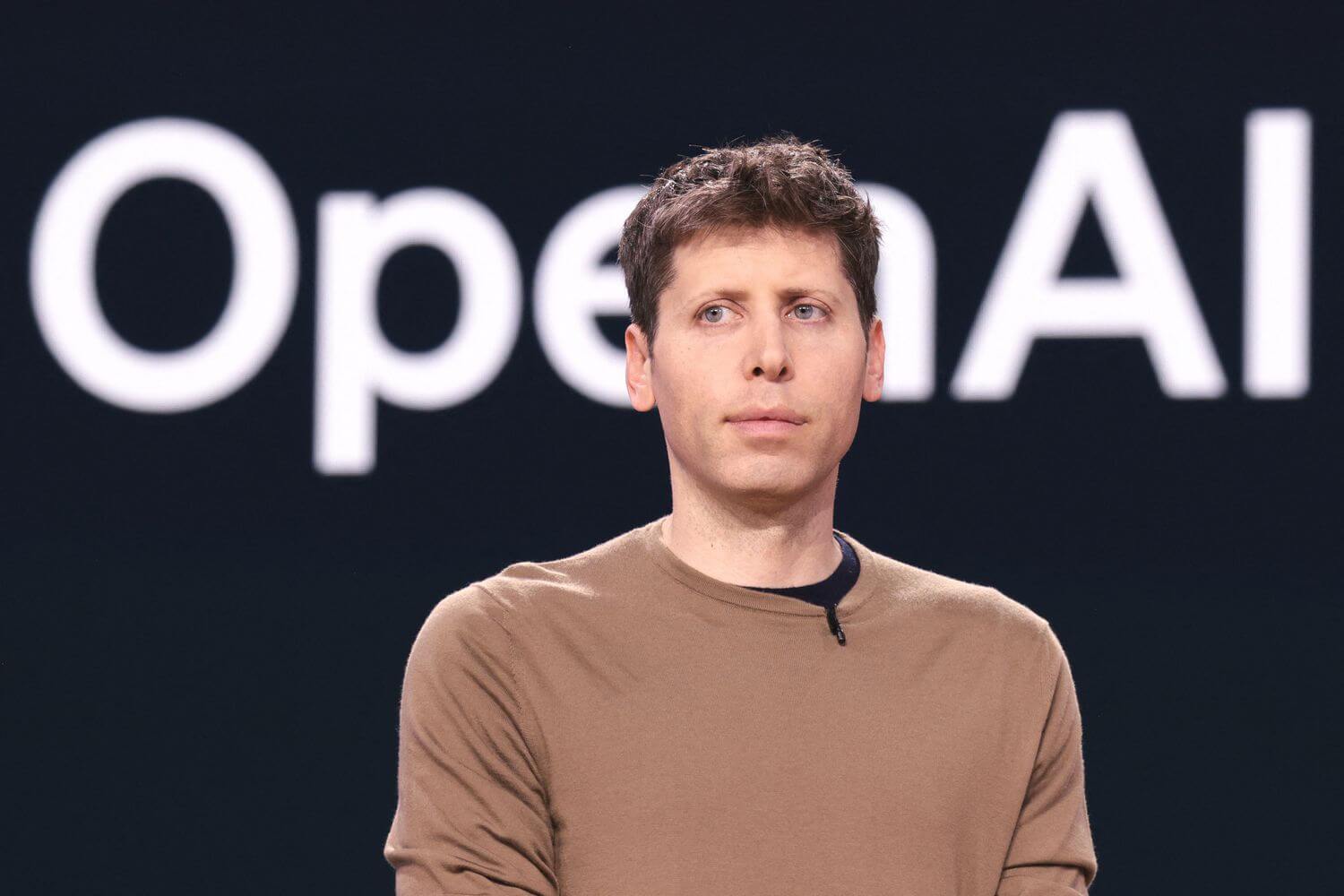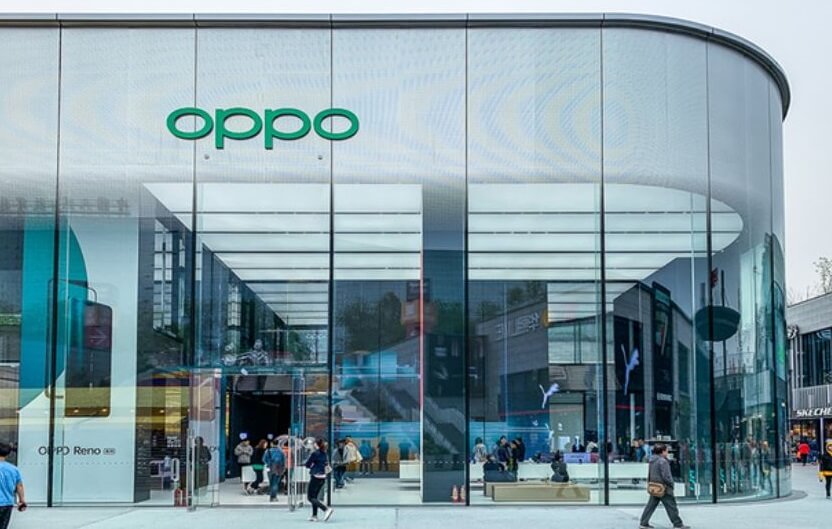The streaming landscape in 2025 is dominated by YouTube and Netflix, creating a dynamic where both compete fiercely for viewers' attention and market share. While once viewed as an untouchable leader, Netflix now faces a significant challenge from YouTube, which is redefining how people consume content.
YouTube's Ascendancy
YouTube has emerged as the top player in the streaming industry, surpassing Netflix in U.S. TV viewership. Nielsen data shows YouTube commanding 12.5% of U.S. television viewing, significantly ahead of Netflix's 7.5%. This lead extends beyond Netflix, exceeding the combined viewership of Disney, Amazon, HBO Max, Peacock, and Paramount+. YouTube's rise isn't a recent phenomenon; it first crossed the 10% share mark in August 2024 and has continued to climb. YouTube's success is attributed to its diverse content, innovative features, and growing subscription services. CEO Neal Mohan has declared YouTube as "the new television," with users streaming over 1 billion hours of content daily on TVs.
Netflix's Response and Revenue Projections
Netflix, while still a major force, is adapting to the changing landscape. Omdia projects Netflix to reach $46.2 billion in revenue in 2025, potentially surpassing YouTube's projected $45.6 billion. This includes $43.2 billion from subscriptions and $3.2 billion from advertising. Netflix has over 340 million paying subscribers and more than 600 million users benefiting from its content. Netflix is also investing in live sports and short-form content and nearly half of its U.S. sign-ups now choose the ad-supported tier.
The Battle for Attention and Engagement
The focus has shifted from merely acquiring subscribers to maximizing viewer engagement and time spent on each platform. YouTube averages seven million daily TV viewers, surpassing Netflix's 4.7 million. However, during prime time, the gap narrows, with 11.1 million Americans tuning into YouTube and 10.7 million opting for Netflix. Both platforms target the same audience, promising intense competition.
Different Approaches, Overlapping Audiences
YouTube and Netflix have distinct approaches. YouTube operates as an open, user-driven ecosystem, while Netflix is a curated, closed platform. YouTube leverages its massive reach of over 2 billion users globally through advertising and premium subscriptions. Netflix's strength lies in its growing subscriber base and expansion into ad-supported models. Despite their differences, there's significant audience overlap. In the US, 57% of YouTube users also subscribe to Netflix, and in the UK, this figure rises to 67%.
Collaboration and Competition
While often seen as rivals, YouTube and Netflix are increasingly collaborating through marketing partnerships, content distribution, and advertising deals. For example, Netflix has used YouTubers to promote content like Squid Game, while YouTube is solidifying its position as a platform for premium content.
Monetization and Market Valuation
YouTube's estimated market valuation stands at $550 billion, compared to Netflix's $520 billion. YouTube's ad revenue is also surging, bringing in $8.93 billion in Q1 2025, a 10% year-over-year increase. This increased streaming is translating into stronger ad performance, which could be important for advertisers.
YouTube's Creator Advantage
YouTube's open platform allows creators to build large audiences and cross over into other platforms. Ms. Rachel, a YouTube-native kids’ creator, has become a Netflix sensation, with her videos appearing in Netflix's Top 10 numerous times in 2025. Netflix has also licensed content from YouTube stars, viewing YouTube as a "farm league" where creators "cut their teeth".
Global Reach and Future Trends
India has the largest YouTube audience with 491 million active users as of February 2025, followed by the U.S. with 253 million. YouTube's penetration rate has reached 94% in the UAE, demonstrating its global popularity. The streaming landscape is continuously evolving, with increased competition from other players and a growing shift towards online viewing.















